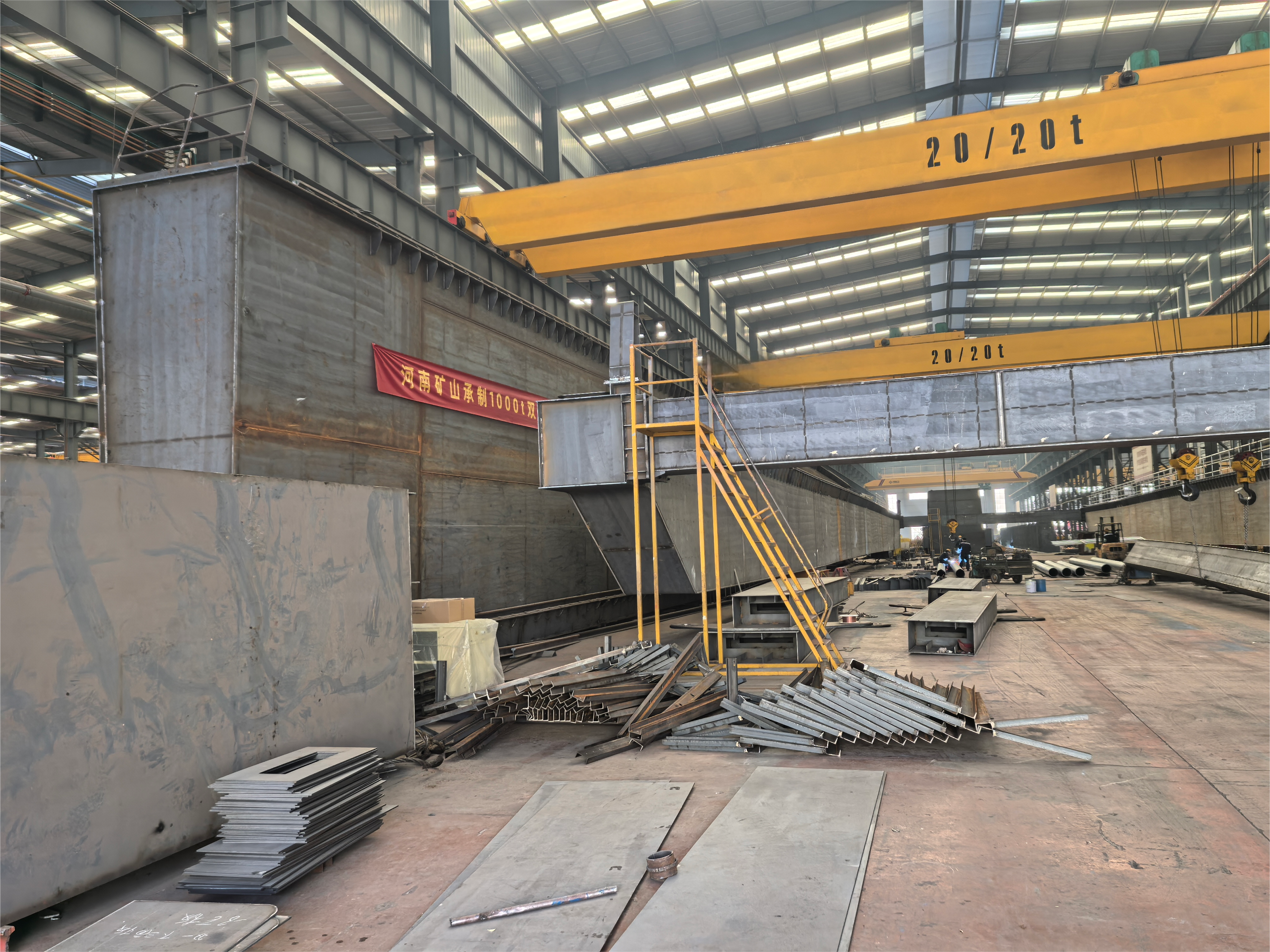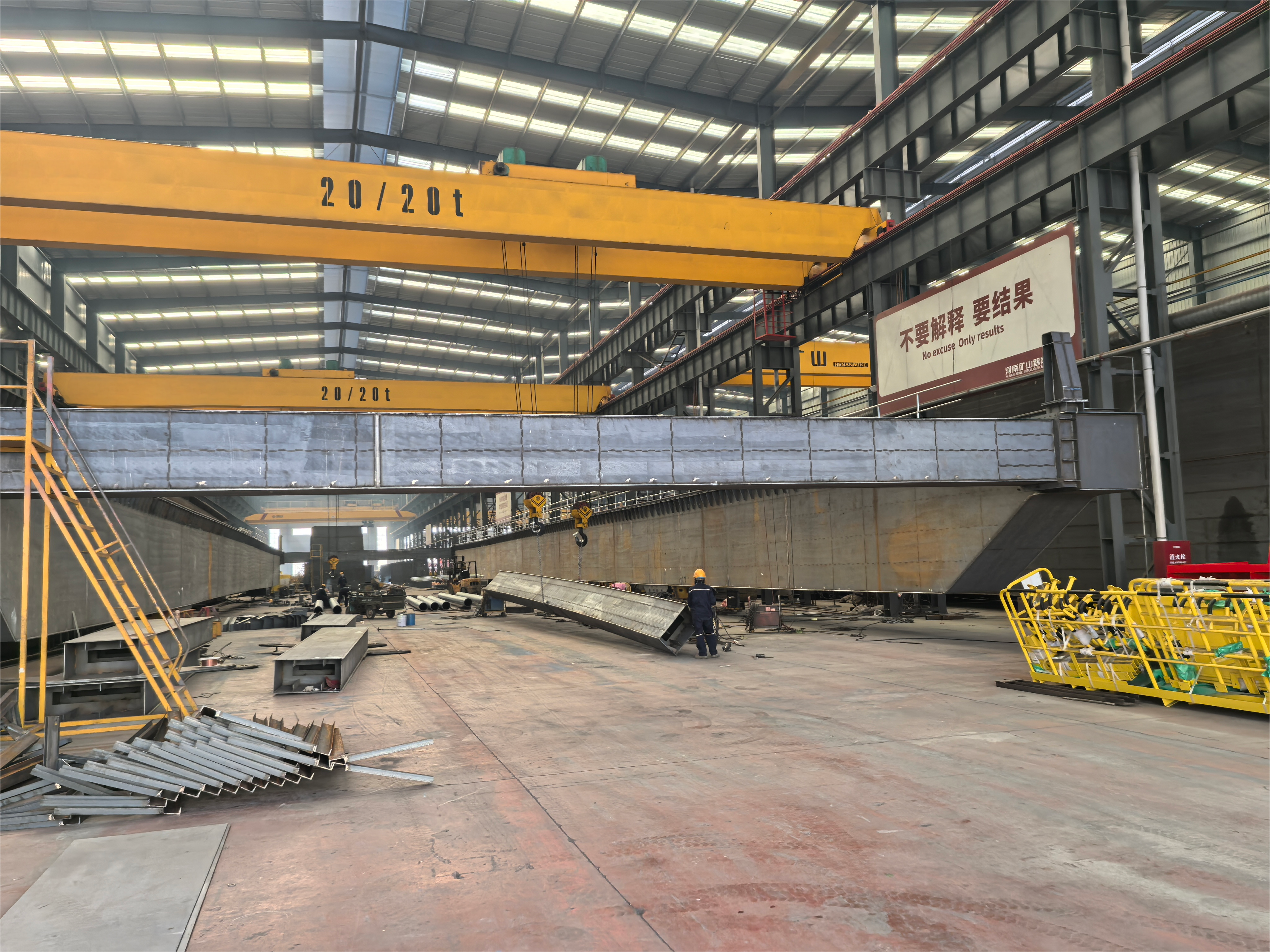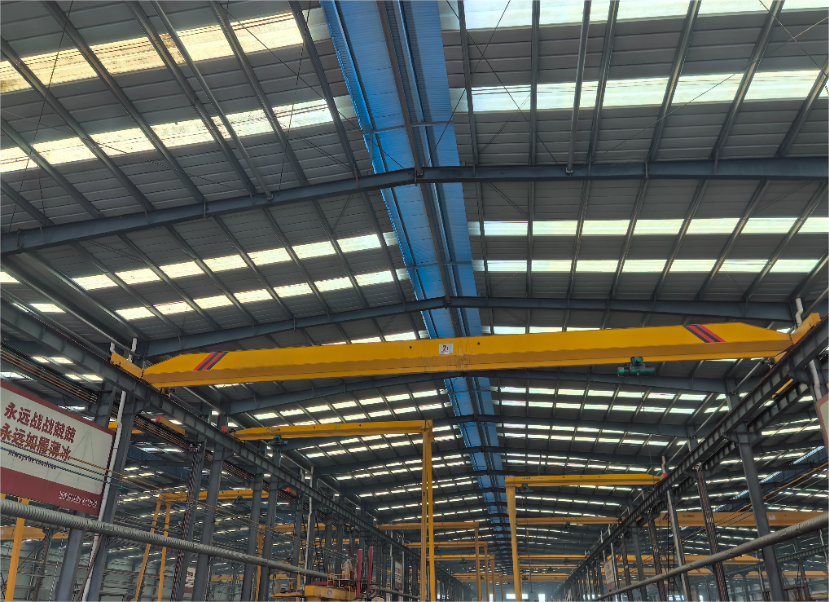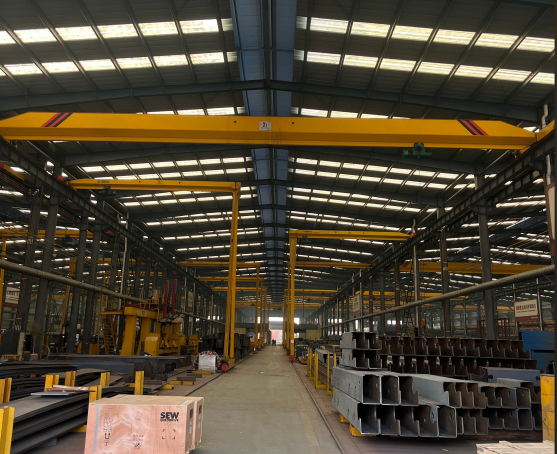In the industrial fields of metallurgy, ports, machinery manufacturing, bridge and gantry cranes, as core material handling equipment, their safe operation directly affects production efficiency and personnel safety. In recent years, the TSG 51-2023 "Technical Regulations on Crane Safety" issued by the State Administration for Market Regulation clearly requires that bridge and gantry cranes must be equipped with "two different forms of height limit devices". This regulation has aroused high attention from the industry.

1. Safety risks and technical limitations of single-limit systems
1.1 Typical accident case analysis
In 2020, a bridge crane of a steel enterprise suffered a failure in corrosion of the connecting rod of the mechanical heavy hammer limiter, resulting in a broken wire rope after the hook was pushed to the top, causing direct economic losses of 2.8 million yuan. The accident investigation shows that the equipment is only equipped with a single mechanical limit device, and the maintenance period exceeds the specification requirements. Similar cases account for 37% of crane accidents in the past five years, highlighting the vulnerability of a single protection system.
1.2 Single system failure mechanism
Traditional mechanical limiting devices have failure modes such as contact oxidation, spring fatigue, and mechanical jam resistance, and their annual failure efficiency is about 1.5×10^-4. Although the electronic limiter has higher accuracy, it faces problems such as electromagnetic interference (EMI), sensor drift, and line aging. Statistics show that among single system failures, mechanical devices account for 58% and electronic devices 42%, proving that any single technology has inherent defects.

2. The technical complementarity principle of dual redundant systems
2.1 Mechanical-electronic composite solution
The current mainstream solution adopts a combination of heavy hammer mechanical limits and rotary encoder electronic limits. The mechanical system directly cuts off the power circuit through the lever mechanism, and the response time is <200ms; the electronic system monitors the height in real time through PLC, and double protection forms a "hard cutoff + soft protection" mechanism. Experiments show that this combination can reduce the system failure probability to 1.2×10^-8, reaching the SIL3 safety level. The industry is highly concerned.

3. Key points of system integration and engineering implementation
3.1 Optimized installation position design
According to GB/T 3811-2008, the main limit should be set at ≥100mm from the upper limit point, and the secondary limit interval should be ≥50mm. In actual projects, it is recommended to adopt the "mechanical limit front + electronic limit rear" layout to ensure that the triggering sequence complies with the safety logic of "warning-deceleration-cutting".
3.2 Control logic design
(Figure 1) Shows a typical dual limit control loop: the electronic system triggers early warning and slows down when it reaches the set value of 95%, and the mechanical system directly cuts off the lifting power at 100%. The two systems are powered independently, and the signals are connected to the safety relay through hard wiring to avoid malfunctions caused by PLC failure.

4. Full life cycle management strategy
4.1 Preventive maintenance system
Establish a maintenance plan based on FMECA: mechanical components check the freedom of the link and the contact status of the contacts every month; electronic systems check zero point drift and signal stability every quarter. After a port group implemented the system, the limit system MTBF was increased from 1200 hours to 4500 hours.
4.2 Intelligent upgrade path
IoT monitoring technology is introduced to monitor the status of mechanical components through vibration sensors, and temperature sensors track the working conditions of electronic components. Big data analysis can predict 85% of potential failures 14 days in advance, achieving the transition from regular maintenance to predictive maintenance.
5. Economic benefits and social value
The initial investment of the dual-limit system increases by about 15%, but can reduce the accident rate by 92%. Taking the 50-ton bridge crane as an example, the economic losses that can be avoided throughout the life cycle are 2.3 times the value of the equipment. More far-reachingly, this configuration has promoted the technological upgrade of China's crane manufacturing industry, making the safety performance of domestic equipment meet the requirements of the EU EN13001 standard.

